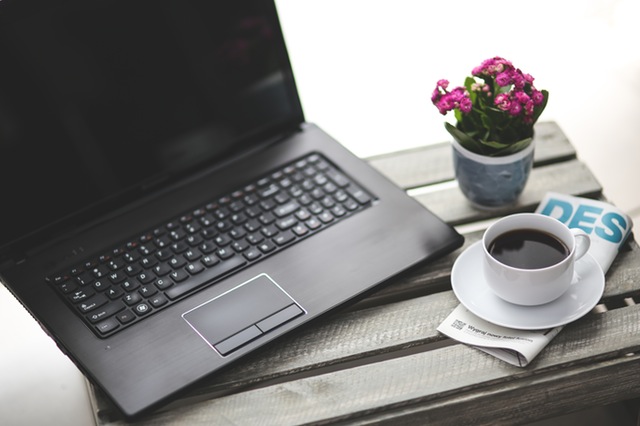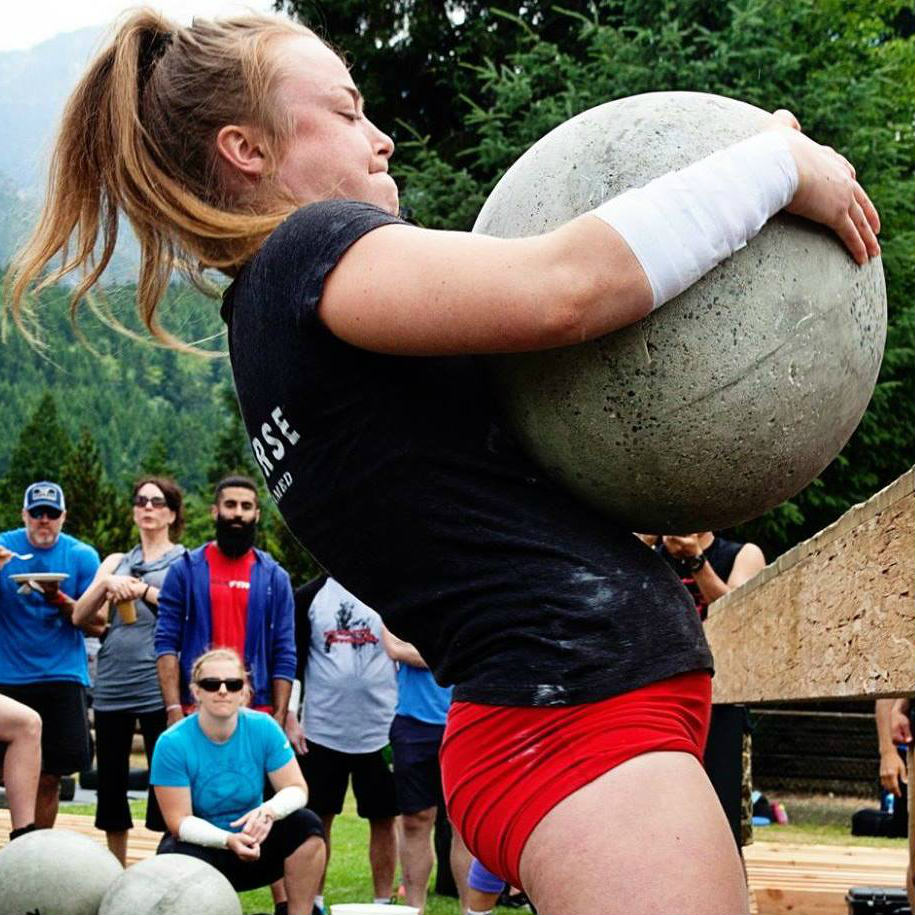 Reading Time: 5 minutes
Reading Time: 5 minutesThanks to the Internet and smartphones, we live in an age in which we are constantly connected to the rest of the globe and we have access to unlimited resources at the click of a button. This is both a blessing and a curse. While it is easier than ever to gain access to the resources we need, it can be difficult to stay focused with so much going on around us.
Fortunately, there are a number of small things we can do that aren’t hard to implement but can have a big impact on our personal productivity.
1. Have a “To-Do” List that Prioritizes Major Tasks
Many of us make mental to-do lists, but actually sitting down and writing out our list can have a huge impact on our productivity because it creates a structured outline within which to work. This list can be especially helpful when we have important things to get done, but have a habit of avoiding them by focusing on less important tasks instead.
For example, instead of doing our taxes, we keep ourselves busy by:
- Running errands
- Cleaning the house
- Answering emails
And we justify our behavior because these things “need” to be done, right? Without a list, we end up working aimlessly. With a list, we are able to approach the day with a plan of attack that addresses the most important issues first before we move on to the smaller, less pressing matters.
2. Schedule Set Times to Answer Emails
Answering emails is something almost everyone has to do in today’s world, and replying in a timely manner is important. However, for most people emails are only a small part of our job’s requirements and, as such, they should not consume our entire day. Unfortunately, because we are constantly plugged in and so easily accessible – on our phones, laptops, tablets, etc. – it’s easy to spend our time answering a constant stream of emails, feeling busy, but not actually getting much work done.
Rather than replying to every message the moment it appears, set aside specific times in the day to deal with emails. Outside of those times, don’t worry about the state of your inbox. You can even set your email to send an auto-reply informing people as to when you will check your messages and also how to reach you if the matter is urgent.
Handling emails in this manner may seem strange at first, even challenging, but in the long run it can make a big difference in productivity. Rather than allowing ourselves to be constantly interrupted, we create a setting in which we can focus on our task-at-hand without getting sidetracked.
3. Practice Mono-Tasking
Multi-tasking is something many of us do on a regular basis. We feel that by doing multiple things at once we are being more productive. In a single flurry, we find ourselves answering emails, finishing a project, making phone calls, and scheduling an appointment.
But studies have shown that people who multi-task usually get less done than those who focus on one task at a time, and that the quality of work decreases as the number of tasks increase. Turns out our brains don’t actually multi-task very well at all. What we’re really doing is more like “switch-tasking.” Our brains rapidly jump between tasks, and every time we change tasks, our brain has to switch gears. With every switch, we lose a little bit of time and become less efficient. So, rather than trying to do four different things at once, refer to your to-do list and tackle each item one at a time based on its level of importance and urgency.
4. Take Scheduled Breaks
When we’re on a roll at work, the last thing we want to do is stop and take a break. However, studies have shown that scheduling short breaks into our day can increase productivity and allow us to concentrate on the specific tasks for longer periods of time.
Think of it like exercise: When exercising at low intensities, our muscles can usually go for a decent length of time before fatigue sets in. However, as intensity increases, the amount of time until we fatigue will decrease accordingly. If we want continue working at a higher intensity, we need to take breaks or temporarily decrease intensity in order to allow our muscles to recover and regain their strength.
Just like our muscles, when we work at high intensities, our brains can only sustain that effort for so long before concentration and productivity starts to wane. By giving ourselves permission to take a short mental break every hour, and a longer one every few hours, we can actually focus on a given task for more time and get more done.
Pro-tip: Some studies suggest that 52 minutes of work followed by a seventeen-minute break is the ideal work-to-rest ratio, but there is evidence to suggest that even a five-minute mental break can be beneficial.
4 Small Changes: Pick 1 and Go!
That’s it – four small changes you can make starting right now:
- Make a List
- Avoid the Email Trap
- Focus on One Task a Time
- Take Scheduled Breaks
These actions don’t take much effort, but can have a huge payoff. That being said, most of us are creatures of habit, and even small changes can take getting used to. So, what I want you to do next is pick one of the strategies listed above (just one), try implementing it, and see what happens. Once you’ve had time to adjust to this change in your routine, try implementing a second strategy, a third, and then – when you feel ready – see if you can incorporate all four into your work routine.









